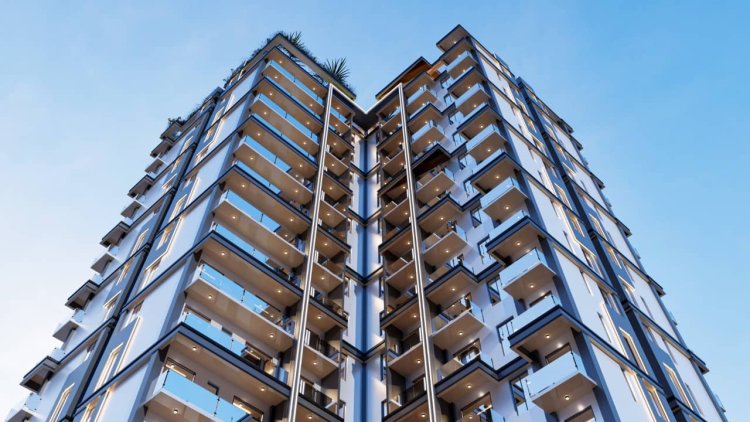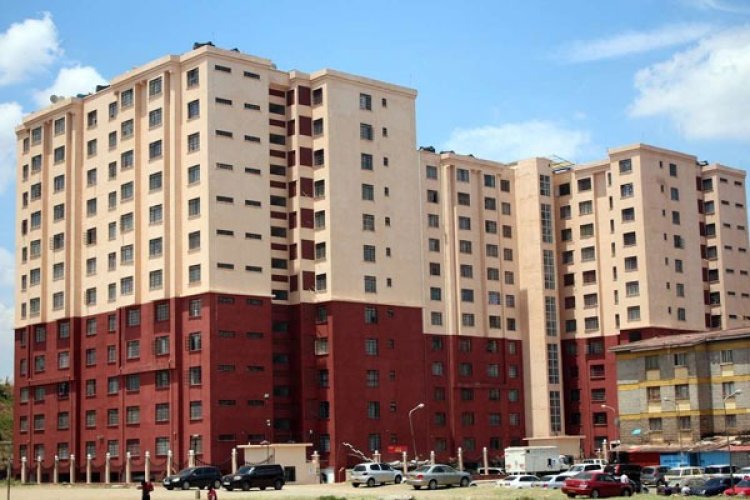Up To 25 Floors- Govt Scraps Floor Limit For Buildings In Nairobi
This is a shift from previous requirements which restricted developers to residential buildings which are four floors high.

The Nairobi county government has removed the floor limit for landlords constructing high-rise residential apartments in the capital city following the green light given by the Kenya Kwanza government.
Governor Johnson Sakaja, who spoke at a church service in Makadara on Sunday, March 24, revealed that landlords would be allowed to construct buildings that would rise to 25 floors.
This is a shift from previous requirements which restricted developers to residential buildings which are four floors high.
However, according to Governor Sakaja, the restrictions were put in place in Nairobi and residential areas close to airports such as the Moi Airbase in Eastleigh to facilitate the safe evacuation of the President during emergencies.
He thus argued that the rapidly rising population in Nairobi as well as changes in the city would not facilitate such an evacuation, therefore prompting the review of the restrictions.
"Before there was a restriction on the heights of apartments especially close to the airport from the Eastleigh airbase coming down this way. I asked the president, while we were opening the houses at Kiambio and Bahati, that the reason there was an airbase built was to evacuate the president in case of an emergency," Sakaja said.
"I told the President that if he tries that he will be stuck in traffic. You cannot be evacuated through Eastleigh anymore. I am happy the height restriction has been removed we are going to go up to 25 floors in these houses we are building."
The county boss affirmed his findings regarding the rising population in the city in response to complaints by Nairobi residents on the development of High-rise estates in various areas of the city such as Kilimani and Kileleshwa.
According to him, the city was unable to expand from its current surface area, hence the limits had to be lifted.
“I have heard people complaining that in areas of Kileleshwa and Lavington, our homes were one-storey now apartments have come. Nairobi is 696 square Kilometres, in 2050 the population will be 10.5 Million people and since we can’t expand the city, the only way to go is up,” explained Sakaja.
The governor however assured that the city would aim to develop better sewerage and water reservoirs to facilitate the growth.
The lifting of the restrictions comes amidst criticism towards the Nairobi County leadership by residents for ignoring their plight about issues surrounding the development of high-rise estates in the suburbs of Kilimani and Kileleshwa.
Initially categorised as Zone Four by the Nairobi City Council, no building permits here were granted beyond the fourth-floor limit in Kileleshwa. Lavington was categorized as Zone Five alongside the Upper Spring Valley, Kyuna and Loresho areas.
This is however no longer the case with some apartments now scaling up to 15 floors, towering over those who had initially complied with the city by-laws.
Residents in the areas have complained of waste dumping, bursting of sewer pipes and limited water supplies.
Those living in Rhapta Road in Westlands, for instance, decried insecurity and water shortage in the area among others owing to the increase in what they refer to as illegal and unauthorized high-rise developments.







